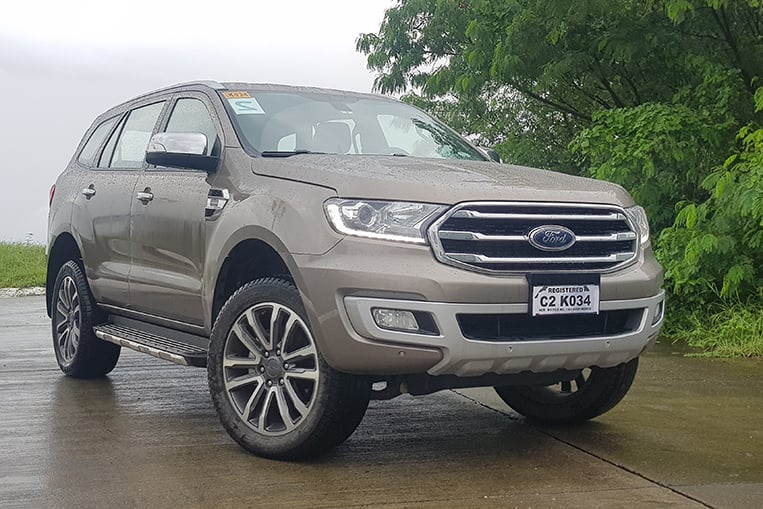
I have been very eager to get behind the wheel of the updated Ford Everest with its new 2.0-liter turbodiesel power unit. After all, our family has owned the pre-facelift version with the larger 2.2-liter engine for the past three years. Of interest to me is the significant change in the engine specs, with the American automaker favoring a smaller-displacement motor with a higher power output.
Despite minimal updates to the car’s exterior, the light brown hue of our demo unit is particularly striking. Ford calls it Diffused Silver. I secretly call it Mocha Frappuccino Metallic. Coffee references aside, the Everest looks really good with that paint job. It works well with the redesigned 20-inch alloy wheels and the radiator grille with the new slats, and is more tasteful than the darker shades of brown slapped on the competition.
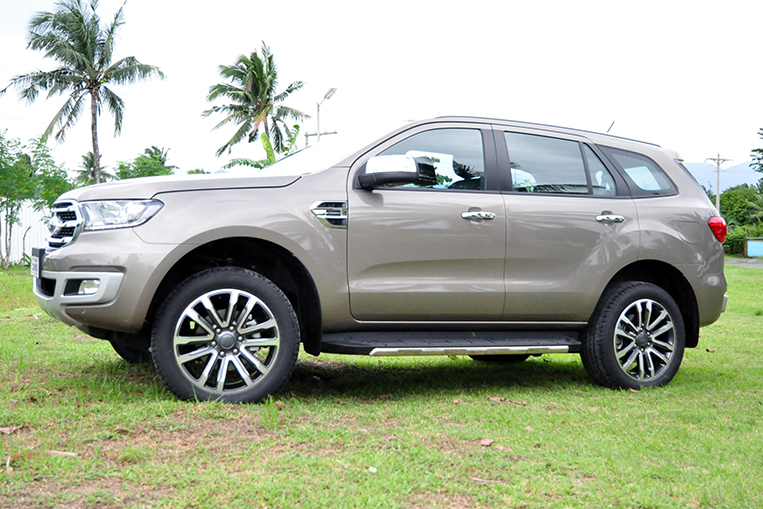
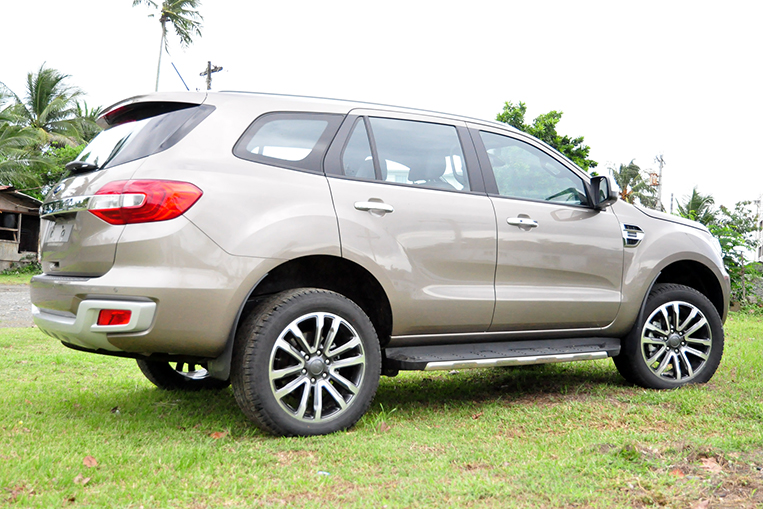
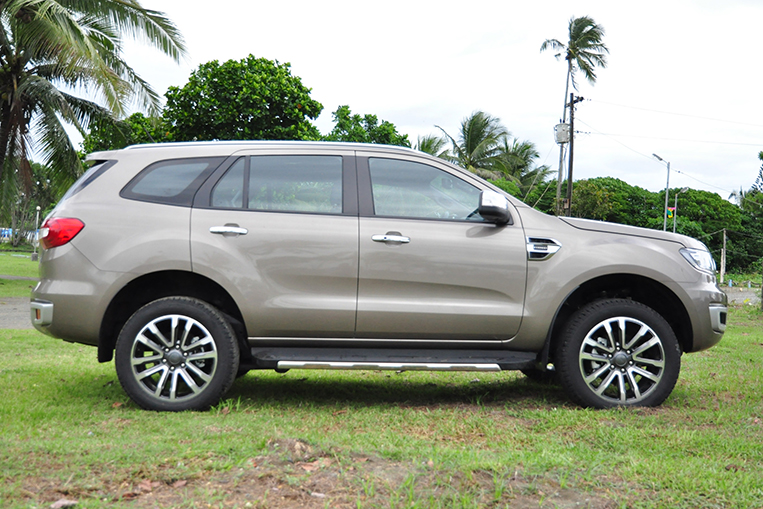
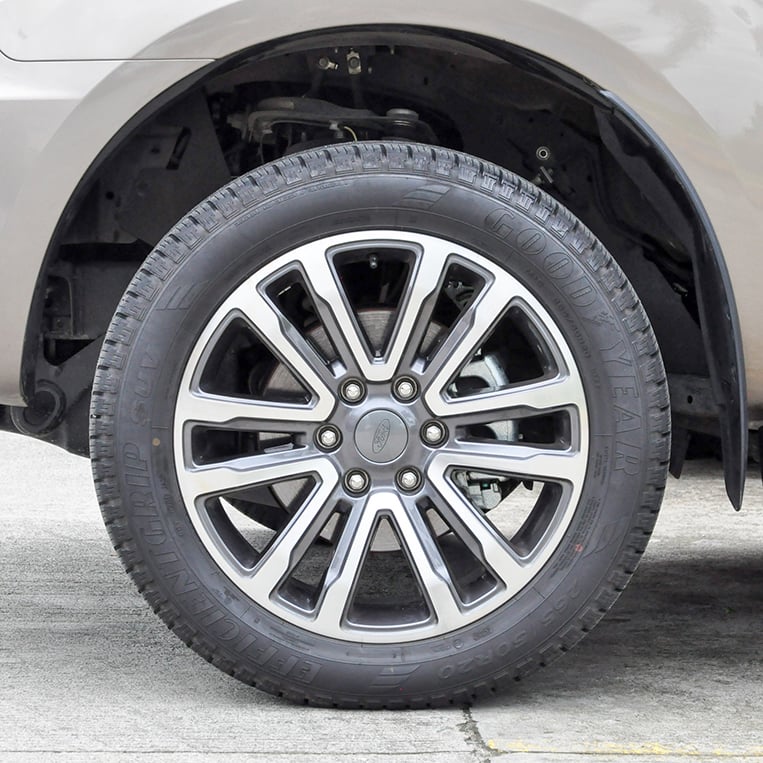
Not much has changed in the new Everest’s interior as well. While this and the pre-facelift Titanium variants sport the same blacked-out theme, our family’s old Trend variant doesn’t. And so the trim color is a welcome change for me. What is completely different, though, is the audio head unit. It now boasts a new version of Ford’s Sync user interface, which comes with Apple CarPlay and Android Auto. Simply having the ability to beam smartphone apps like Waze and Spotify onto the display screen is heaven-sent.
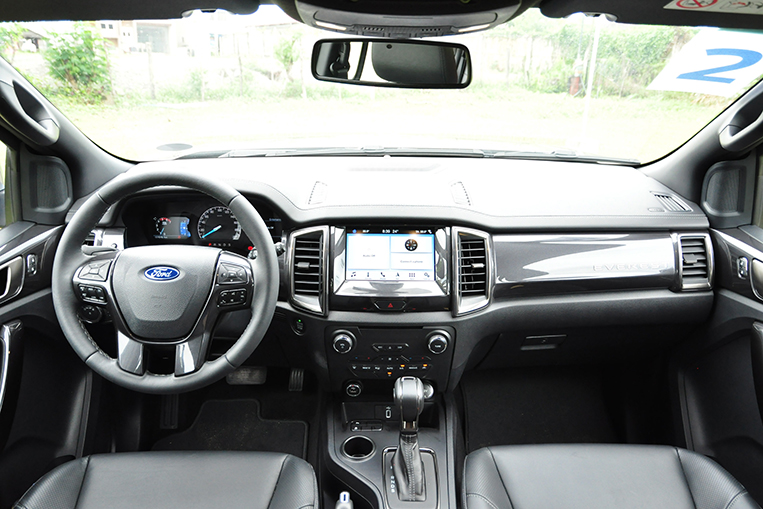
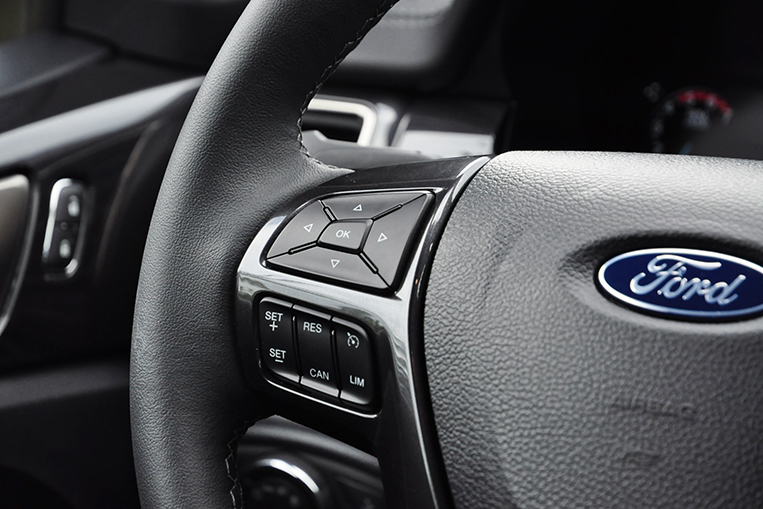
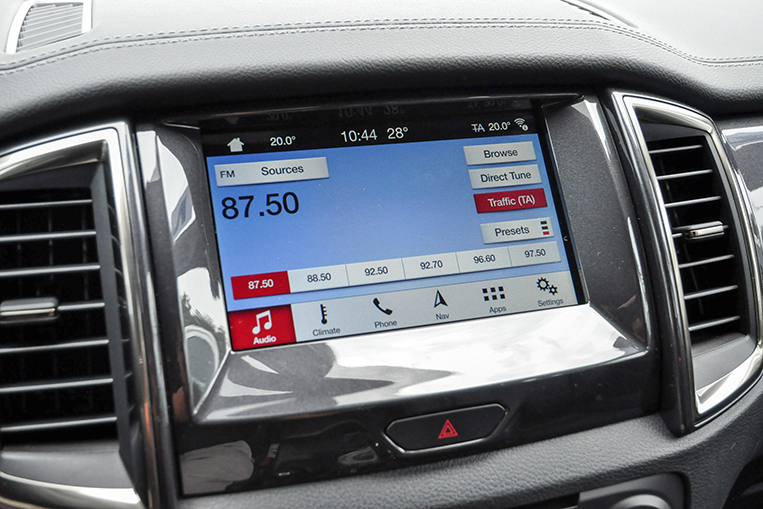
The main selling point here, therefore, is the new powerplant. A 2.0-liter turbodiesel replaces both the 2.2-liter and 3.2-liter engines. Doing duty in the two-wheel-drive variant is a single-turbo version of the motor producing 178hp and 420Nm. The four-wheel-drive version gets one more turbo and a significant bump in performance—210hp and 500Nm. If those numbers seem familiar, that’s because the twin-turbo mill is essentially the same source of propulsion found in the Ranger Raptor.
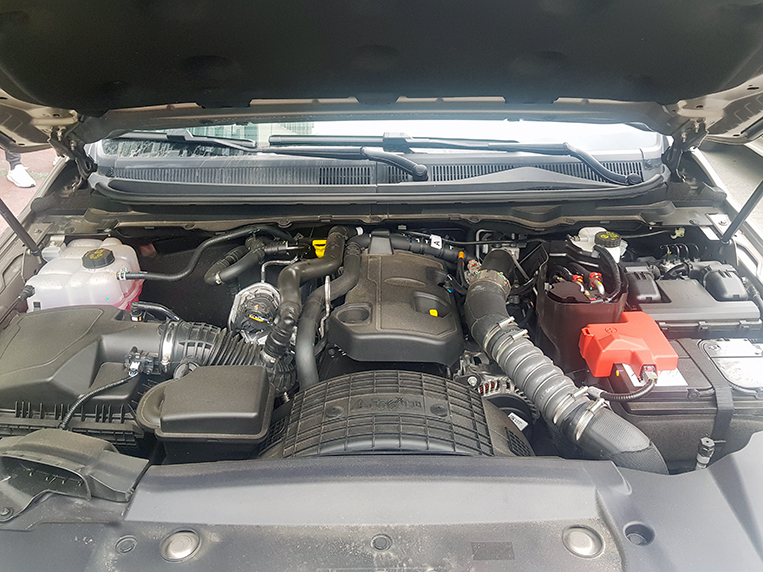
I am naturally drawn toward the rear-wheel-drive Titanium with the single-turbo engine. There is no longer a Trend or even a base Ambiente variant for the new Everest, so the Titanium 4×2 is the closest thing to our own vehicle. First impressions—at least in Metro Manila rush-hour traffic—are good. The new engine is a lot less jumpy at the initial prod of the accelerator. The pedal is no longer as sensitive as in the previous 2.2-liter version. It’s much easier to keep the car crawling through traffic.
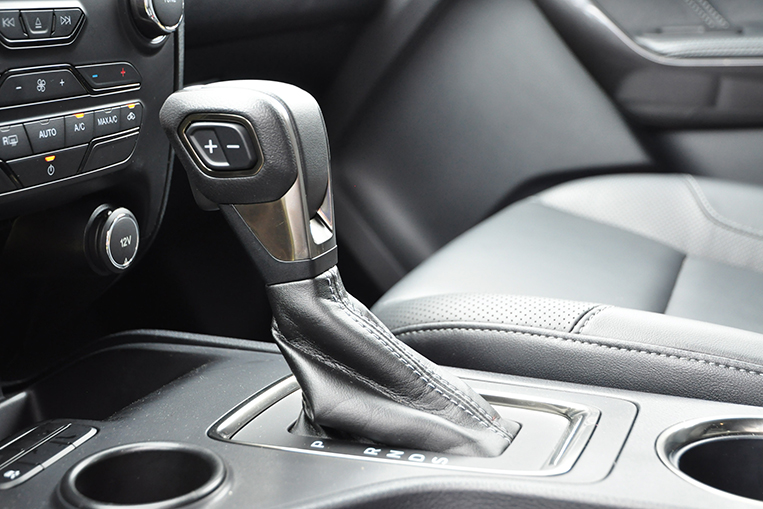
Out on the highway, the new 10-speed automatic transmission keeps the revs low even at triple-digit speeds. Although we haven’t been able to accurately measure fuel consumption, a small engine spinning at 1,300rpm in ninth gear doing 100km/h should be able to return good mileage. In fact, the sheer number of gears keeping the turbodiesel humming close to idle gives a vague semblance of untapped performance waiting to be unleashed.
But having so many gears does have its drawbacks. Aside from being a lot more technically complex than the outgoing six-speed shifter, the new transmission struggles to find the right gear. In hilly areas and on steep inclines, the gearbox tends to hunt for ratios. And while the shifting feels smooth, the fluctuating revs can be annoying. This isn’t helped by the rocker switch on the gear lever that triggers manual mode. It’s not as satisfying as the old system, where you prod the stick forward and backward.
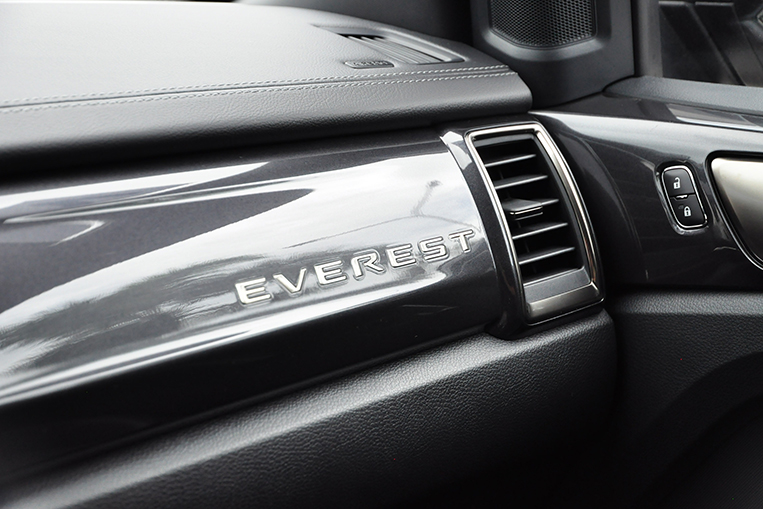
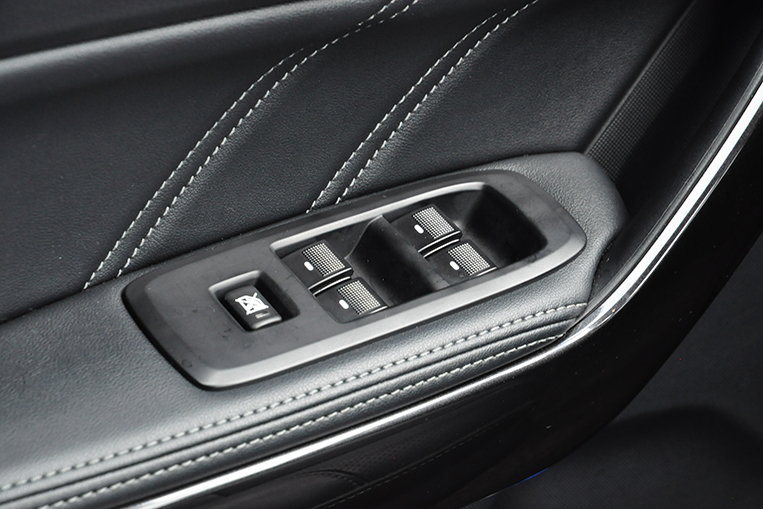
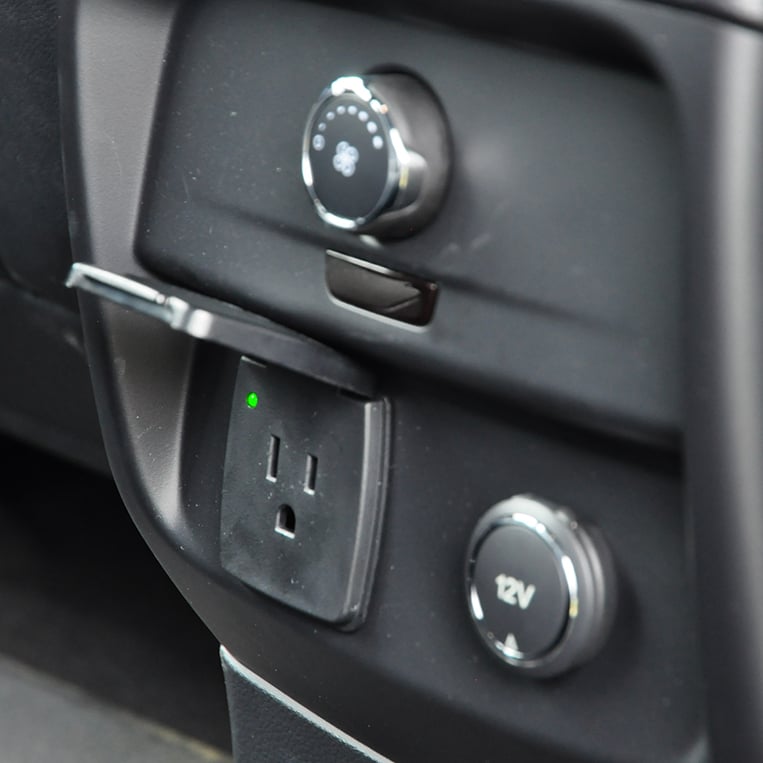
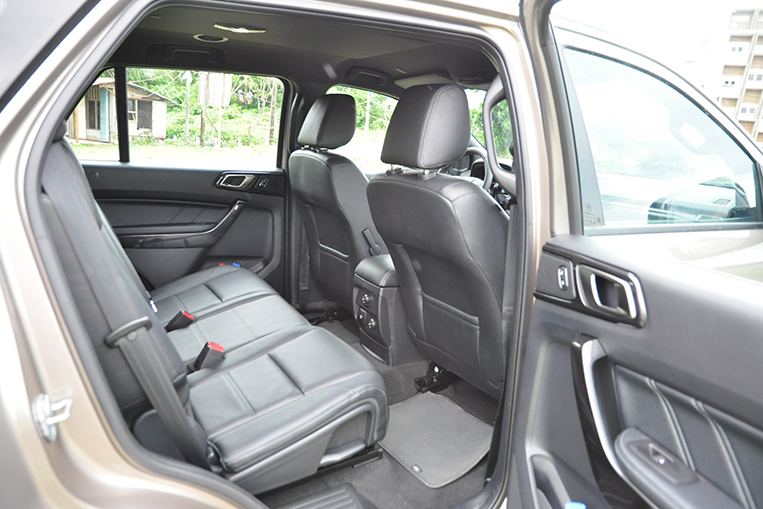
The hunting doesn’t stop even on the expressway. Maintaining the 100km/h speed limit, the transmission occasionally cycles between the eighth, ninth and 10th gears. I think the 10 speeds are meant to keep the revs dancing within the engine’s narrow torque band, which I’ve come to expect from the small 2.0-liter four-cylinder. But I feel like a simpler eight-speed would have been more than enough. Mitsubishi gets away with the same transmission in the Montero Sport.
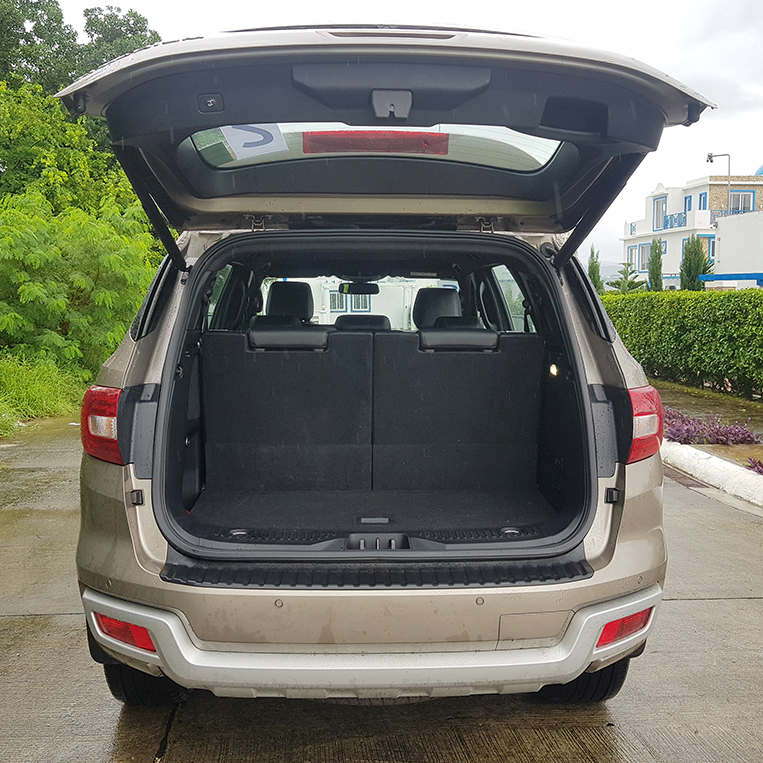
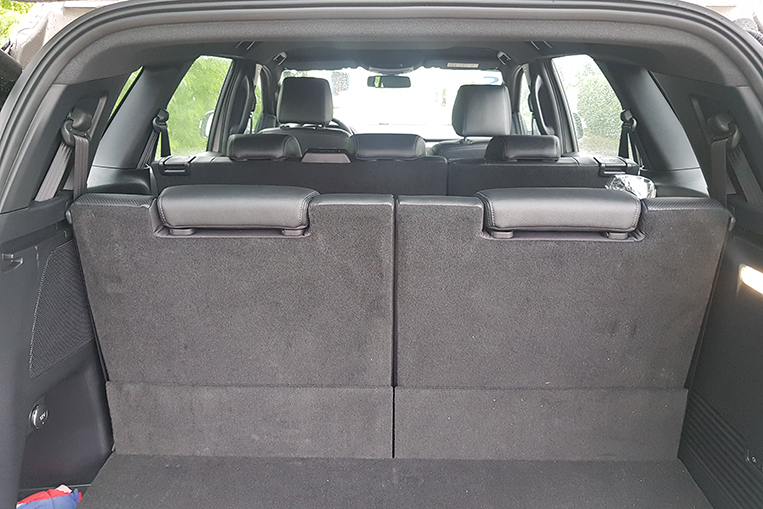
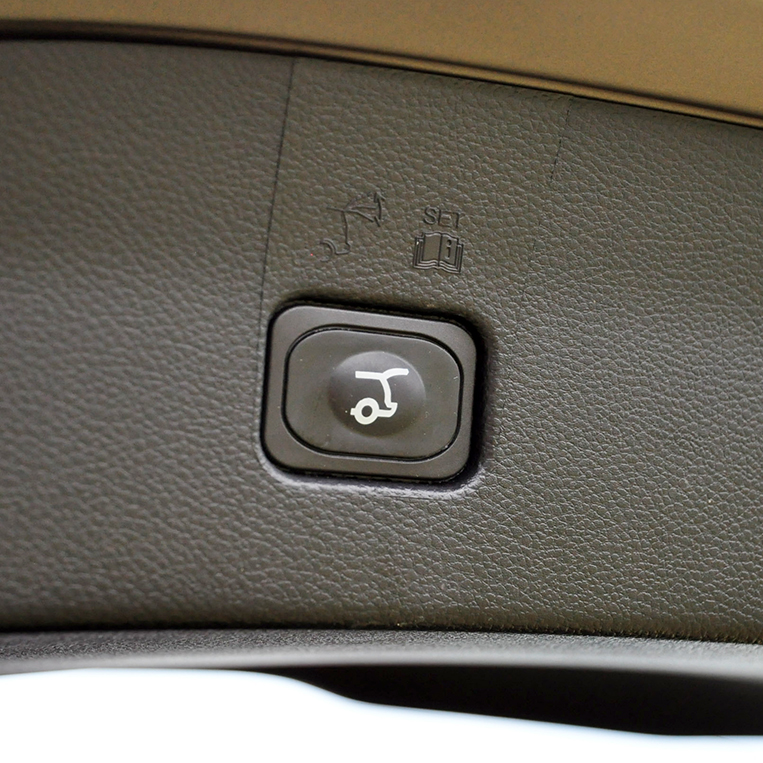
So, is the new powertrain combo worth ditching the 2.2-liter for? From a technical standpoint, it does have its advantages in terms of performance. But does it need to be this complex? This is a compact 2.0-liter four-cylinder being asked to pull roughly 2,300kg of SUV with 420Nm of earth-moving torque coursing through it.
Other automakers make do with bigger engines and simpler gearboxes. Our Everest Trend’s outgoing motor-and-transmission pairing works well enough. In spite of the classy cappuccino paint job, the improved infotainment system, the convenient hands-free liftgate and the increase in performance, I’m having a hard time justifying the P1,995,000 Ford is asking for the Titanium 4×2. But maybe it’s because I’m quite happy with our old Everest.

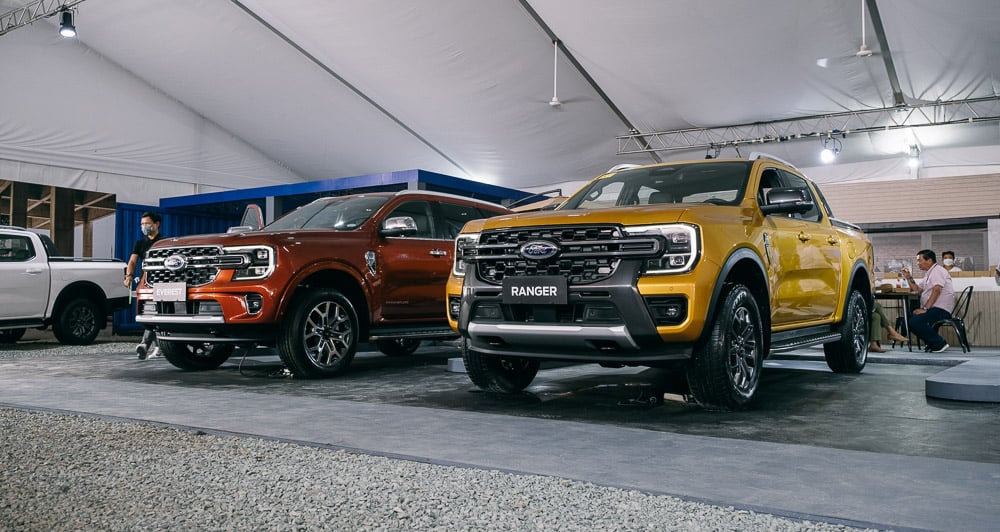

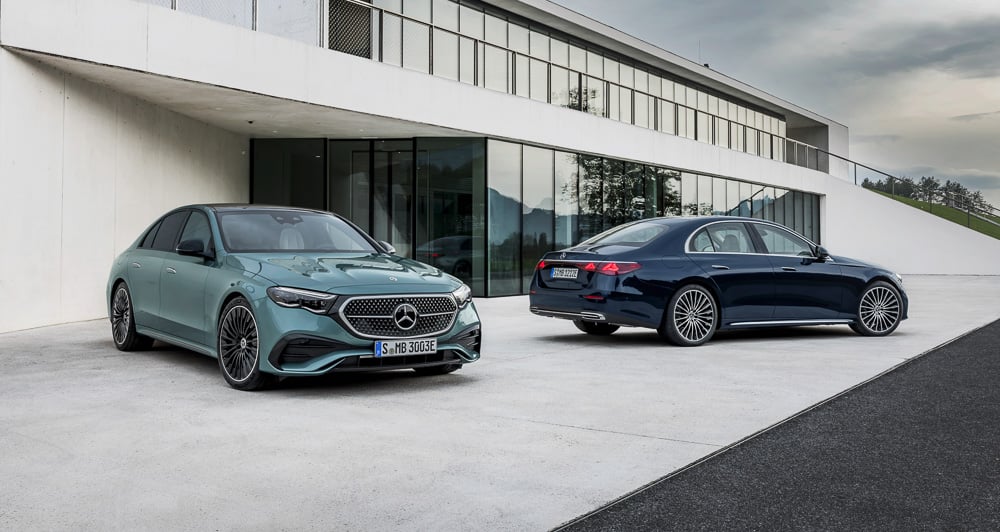
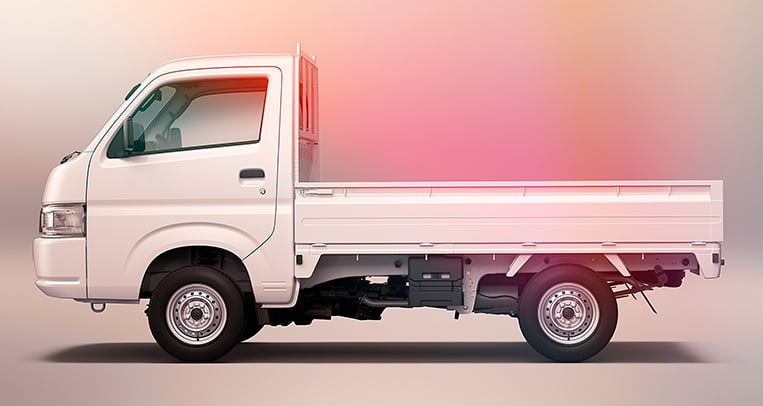
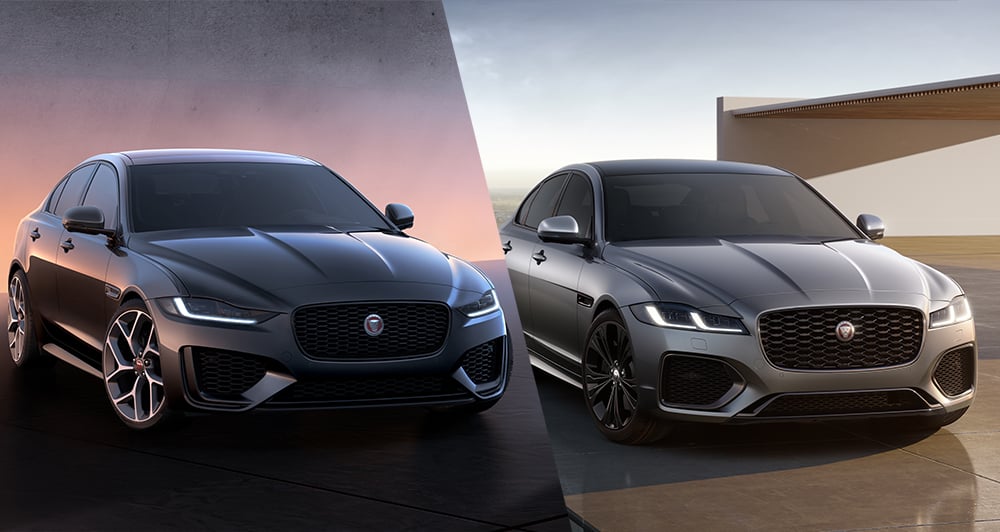



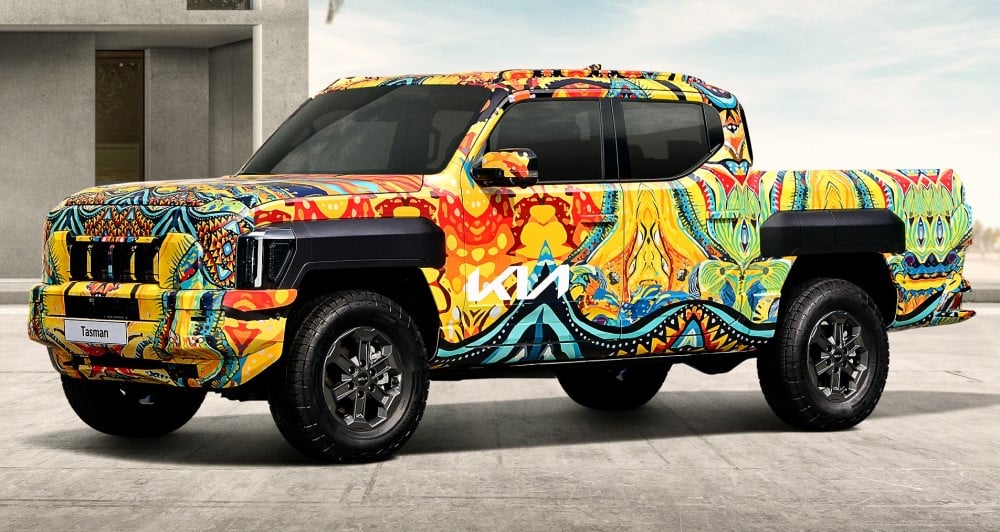
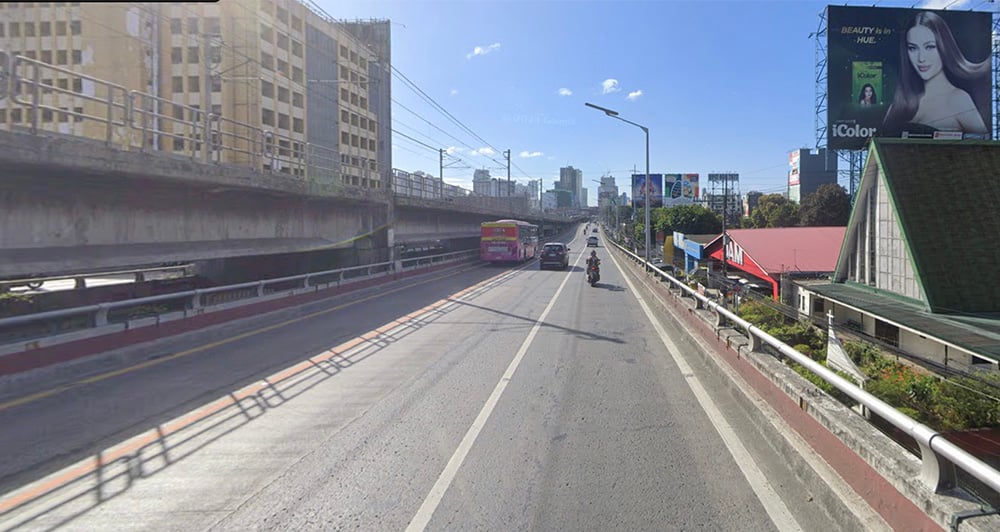
Comments